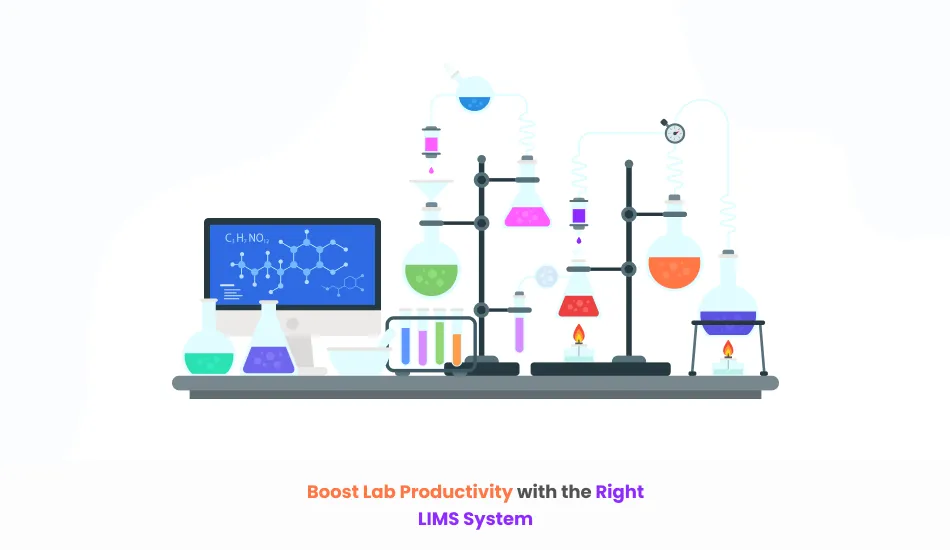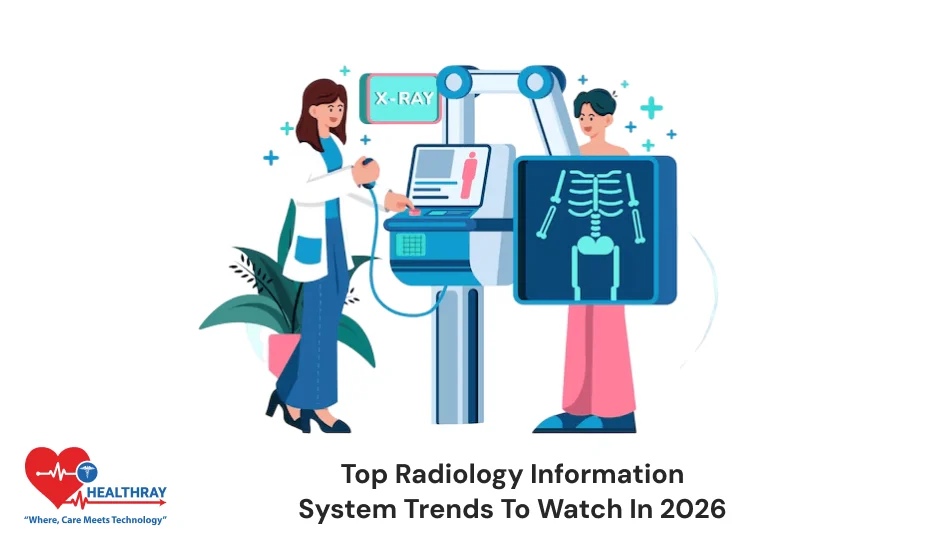Standardize and accelerate your lab processes with the Healthray LIMS System. Our powerful, comprehensive Laboratory Information Management System contains over 15 OOTB workflows, including batch testing with COA, stability, environmental testing, materials receiving, contract labs testing, continuous process, sample testing, outsourcing, and more. With hundreds of OOTB reports, you can quickly start to monitor processes and workflows for better, more streamlined laboratory operations. And by providing full audit trails and electronic signatures, we also help you reach your compliance objectives.
Ways to Help Boost Productivity in the Lab

Go digital
New challenges emerge when data and user volumes increase, and processes become more sophisticated. These can include: multiple users accessing and updating data at the same time, users requiring access to data across multiple locations, making sure everyone is following standard operating procedures (SOPs), security to only allow authorised users to access data, auditing for traceability and reproducibility, and importantly, compliance with regulatory requirements.
Simplify procedures
Download the Questionnaire on Improving Sample Management.
Inefficient procedures will not be resolved by going digital. While digitising ineffective procedures may reduce paperwork, it won’t always increase productivity.
Automate
There is some degree of repetition in every business. Labs are no different. Examine your lab workflows and consider what can be automated. Perhaps alerts should be issued automatically when a specific action is performed, or certain occurrences should always be audited.
Connect or integrate
There may be several teams gathering data about donors and samples. Furthermore, additional data is produced by the procedures and analysis you do on samples. Your company may have various systems that save your information.
Crucial Factors to Take Into Account While Selecting A LIMS

We recognise that this is a thoughtful decision because it is no exaggeration to say that a LIMS System may assist your lab in increasing its scale and efficiency. It’s easy to lose sight of what’s ideal for your lab while comparing several platforms and their various features.
For this reason, we have compiled a list of the six essential elements of a LIMS that you should use to assess the platforms you select:
- Adaptability
- On-premise versus cloud servers and APIs
- Easy to use
- Automation of workflows
- Timeline for implementation
Since each lab is unique, these will be ranked according to their workflows. There is no “right” or “wrong” method to mix these construction components, so that’s totally fine.
Configuration & Flexible LIMS
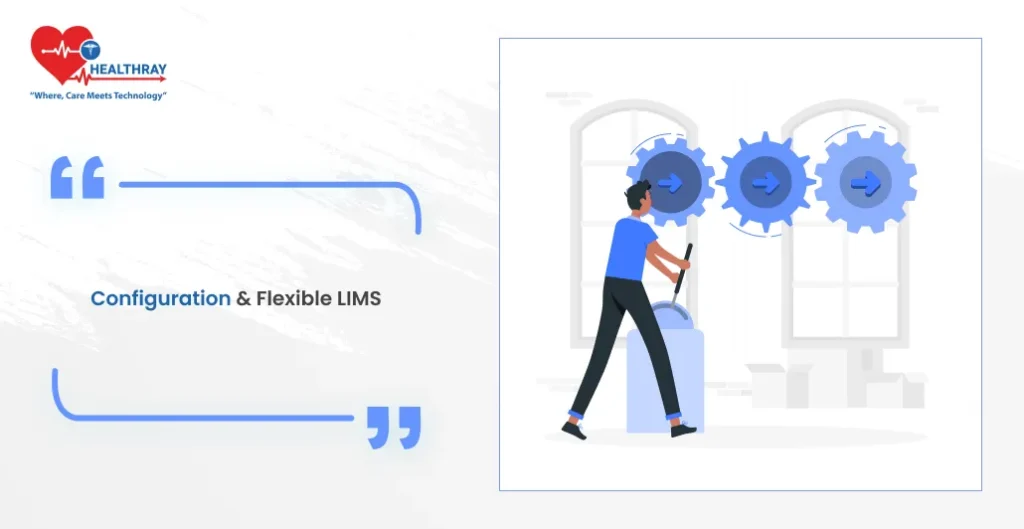
Many of the labs we’ve worked with were growing beyond the capacity of their in-house LIMS. For instance, a homegrown clinical LIMS would do diagnostic tests, and a homemade agricultural LIMS may allow an agricultural lab to oversee a few common soil investigations. They would create reports and monitor samples as they underwent testing.
As more software and procedures are introduced over time, this in-house system may soon become unmanageable. As a result, the lab becomes disorganised, with numerous dashboards, ad hoc applications, and progressively more complex procedures.
When you need a modification, some cloud-based LIMS still have strict workflows that call for proprietary code. Nonetheless, some companies considered adaptability and change when designing their systems.
When Should Flexibility Be the Top Priority in Your Lab?
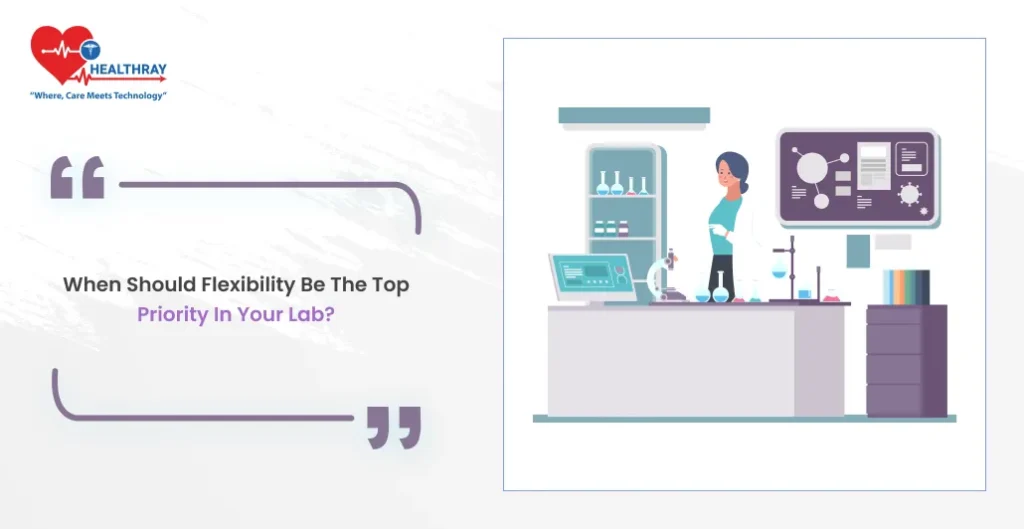
A highly adaptable solution should be taken into consideration by labs that experience any of the following changes over time:
- expansion of the business.
- Their platform has to be managed internally more and more.
- updates for the FDA or ISO, or new rules in their sector.
- continuous audits of security certifications.
- Certification.
Upgraded bandwidth, storage capacity, and on-premise servers and licensing all have high upfront setup expenses. A specific physical location where new infrastructure can be installed, and IT personnel can be hired to maintain it.
Implementing and maintaining security controls and procedures will be necessary.
These systems may become more expensive to maintain over time. In addition to managing data recovery, patching, and cooling, you will need to make backups.
You need the right hardware and software in order to enable remote access, which is typical for a scattered workforce.
Get More out of your LIMS with Healthray
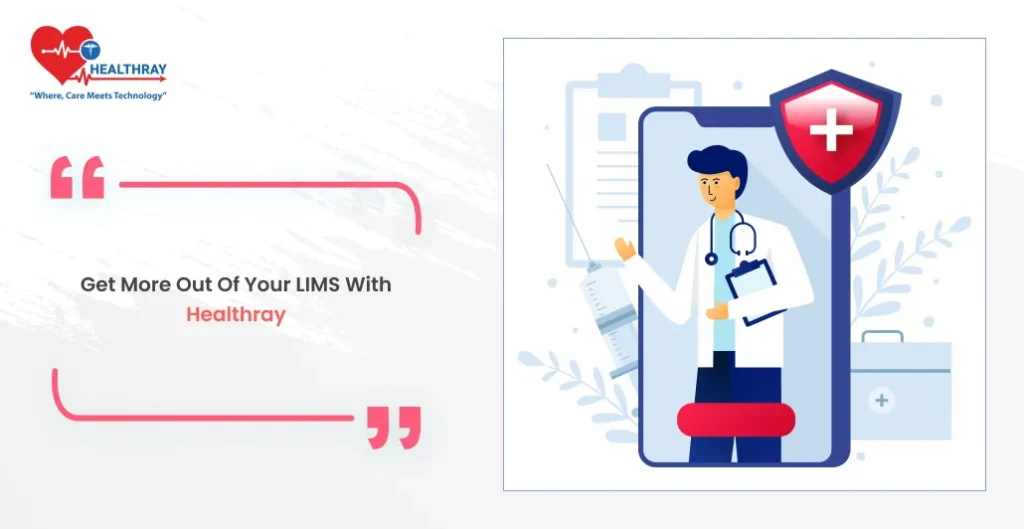
Overall, a lab that does not implement a LIMS misses out on the benefits of integrated laboratory operations, data management, and simpler compliance. A LIMS helps streamline laboratory workflows, improves data quality and traceability, and enables better decision-making based on accurate and reliable data. The healthray believes a LIMS should help your lab work smarter, with unparalleled flexibility to drive whatever the future brings. It’s one of the reasons we’re so proud that this commitment continually gets recognized by G2, where QBench was ranked highly for empowering labs to get more done and see better results from our LIMS.
In conclusion
The foundation for lab efficiency is a user-friendly, feature-rich Laboratory Information Management System (LIMS) and a reliable LIMS supplier. Because it adds to the value of your company, choosing a LIMS System vendor requires careful consideration. A LIMS may be far too difficult and costly to set up and maintain if it is not appropriate for your lab or industry. The day-to-day management of your lab’s activities may also take a substantial amount of time. To digitise processes and make your lab future-proof, it is crucial to choose the best LIMS provider who satisfies all of the aforementioned requirements.t of it.
